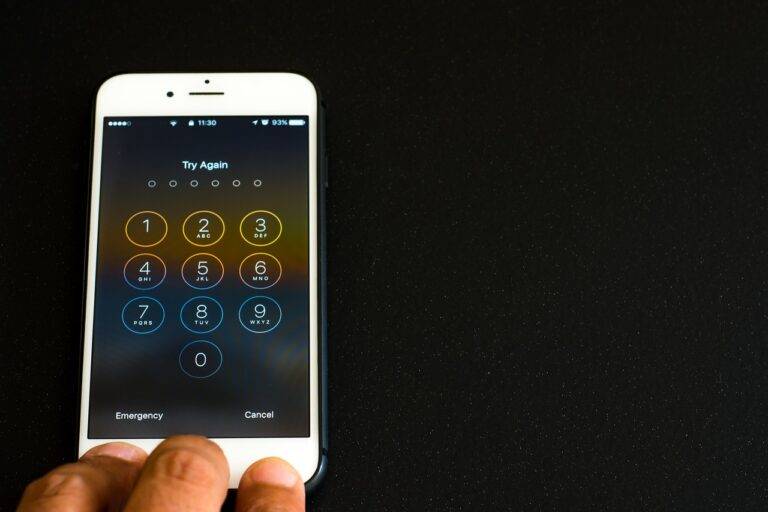The Evolution of Smart Home Entertainment Systems
Smart home entertainment systems in the early days were characterized by their simplicity and limited functionality. These systems allowed users to connect and control different entertainment devices, such as televisions and stereo systems, from a central hub. While rudimentary by today’s standards, these early smart home systems laid the foundation for the sophisticated technology we have today.
One of the key features of early smart home entertainment systems was the ability to access and stream content from various sources. Although streaming services were not as prevalent as they are now, users could still enjoy music, movies, and TV shows through their smart home setup. This marked the beginning of the shift towards a more integrated and connected entertainment experience within the home.
The Rise of Home Theater Systems
Home theater systems have revolutionized the way people experience entertainment within the comfort of their homes. With the advancement of technology, watching movies or television shows has become a cinematic experience. Home theaters are equipped with large high-definition screens, surround sound systems, and comfortable seating arrangements that mimic the ambiance of a traditional movie theater.
The rise of home theater systems has also sparked a demand for innovative entertainment furniture and decor. Consumers are now investing in specialized recliners, media consoles, and soundproofing materials to enhance their viewing experience. The combination of technology and design has transformed living rooms into personalized entertainment hubs, allowing individuals to immerse themselves in their favorite movies and TV shows like never before.
The Integration of Voice Control Technology
Voice control technology has become a popular feature in many smart home entertainment systems. This innovative technology allows users to control their devices using voice commands, providing a convenient and hands-free experience. From adjusting the volume to selecting a movie or music playlist, voice control offers a seamless way to interact with your home entertainment system.
With the integration of voice control technology, users can now simply speak to their devices to perform various tasks, eliminating the need for multiple remotes or manual input. This advancement not only enhances the user experience but also opens up new possibilities for home automation and integration with other smart devices. As voice recognition technology continues to improve and become more sophisticated, we can expect even greater integration and capabilities in the future.





